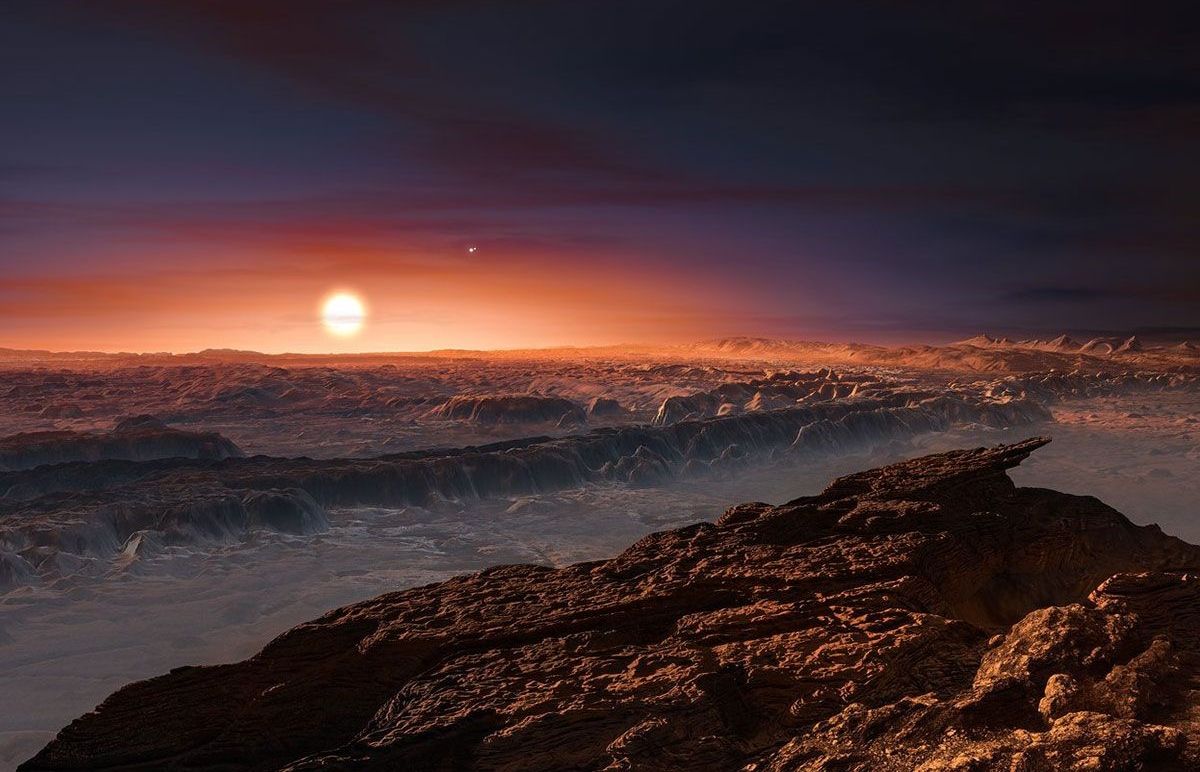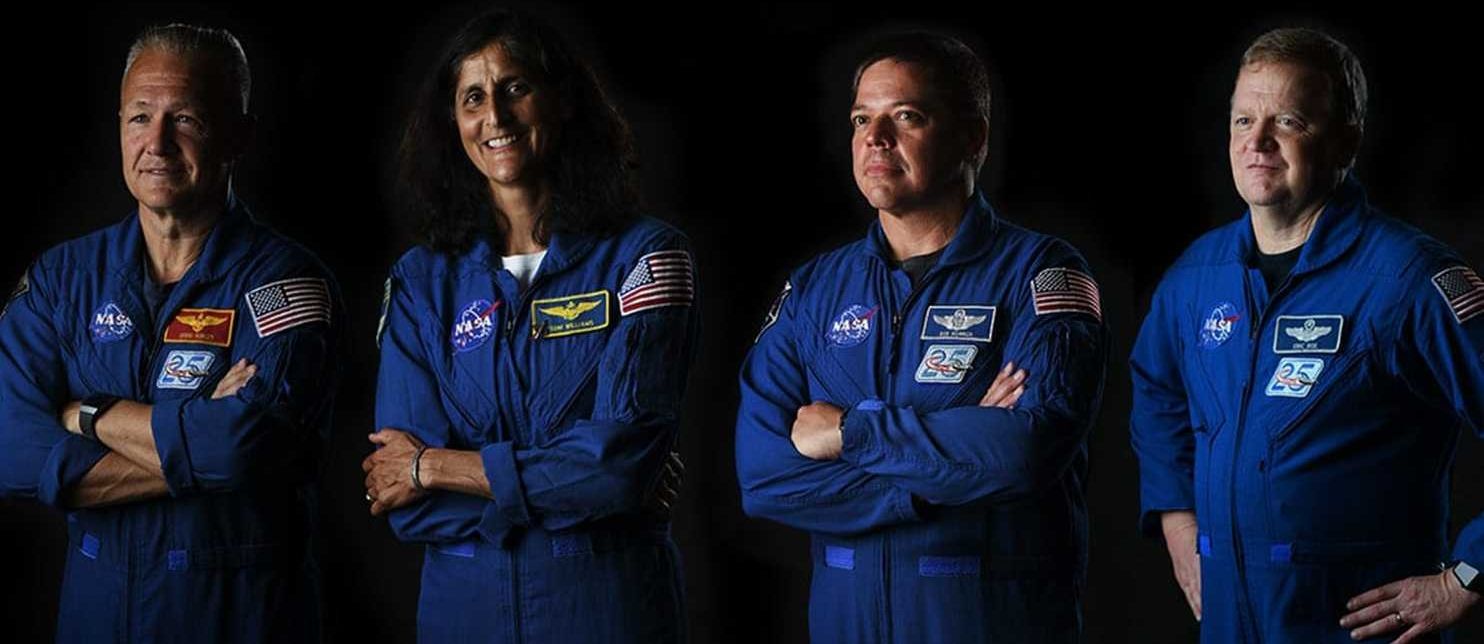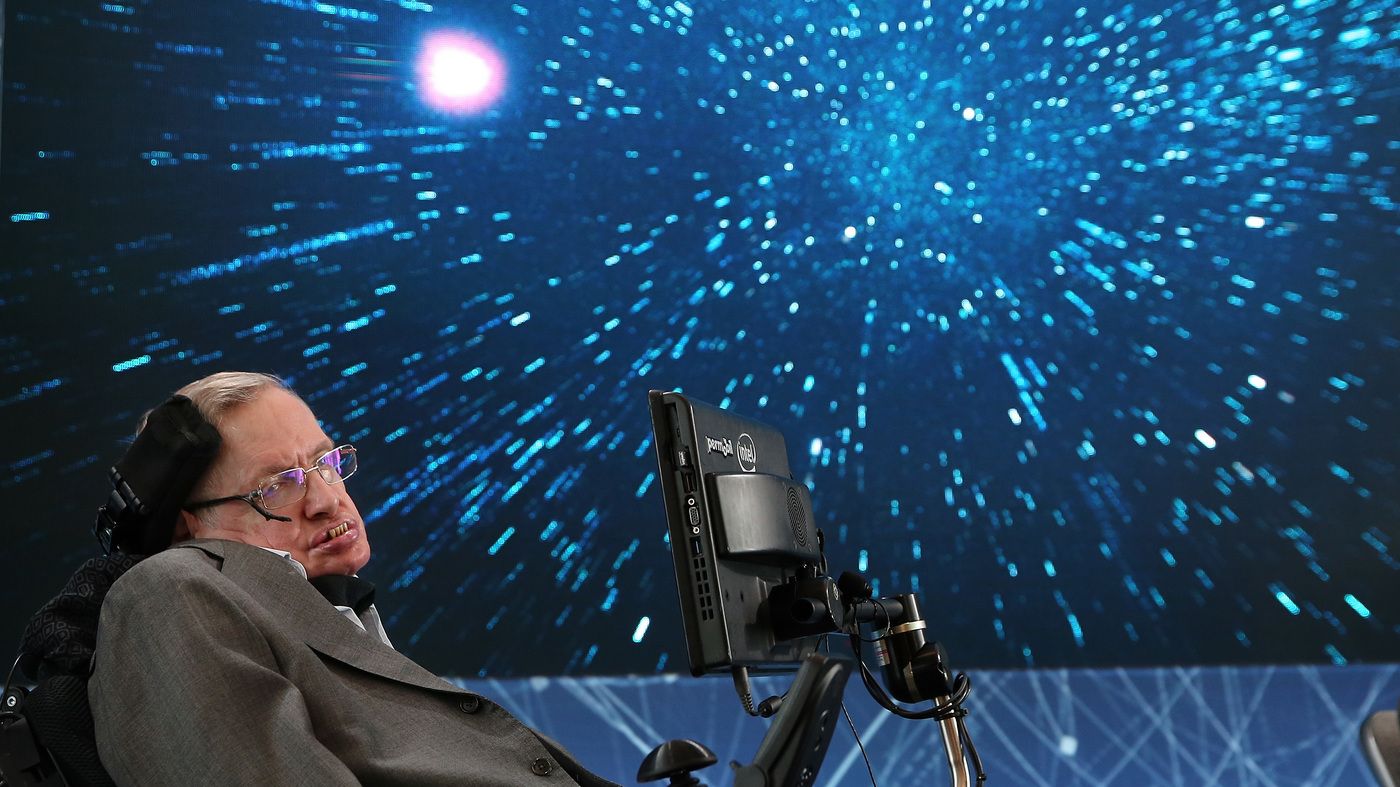Filipinos have achieved yet another milestone after contacting with the International Space Station, even interviewing an astronaut on board the habitable artificial satellite.
By Dhel Nazario
Filipinos have achieved yet another milestone after contacting with the International Space Station (ISS), even interviewing an astronaut on board the habitable artificial satellite.
A mix of Grade 11 and college students from the from the University of the Philippines Integrated School (UPIS) and electronics engineering students from the Holy Angel University (HAU) made the historical feat at the Department of Science and Technology –Advanced Science and Technology Institute (DOST-ASTI) last May.







